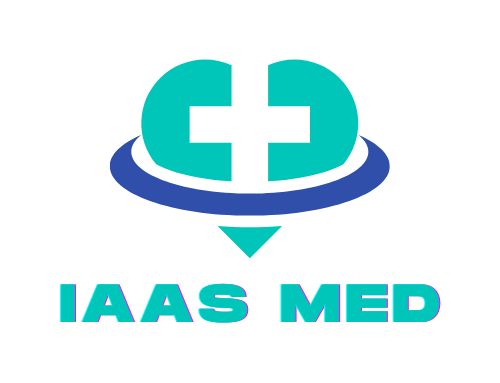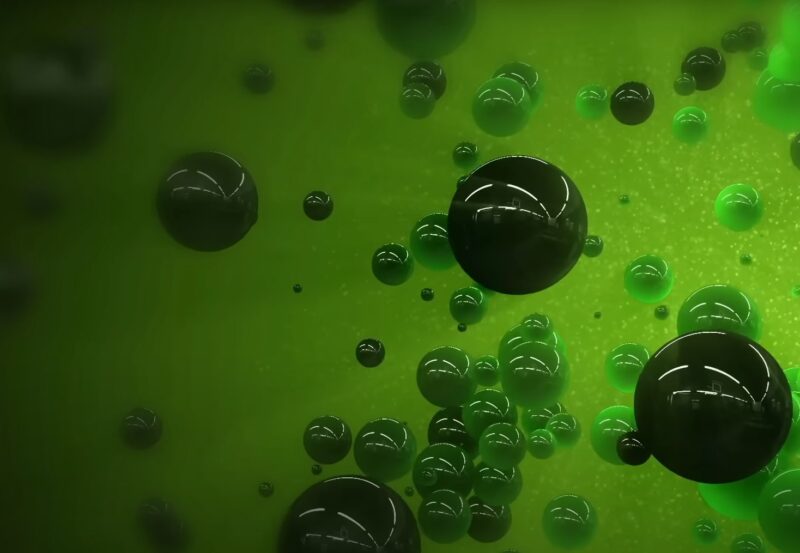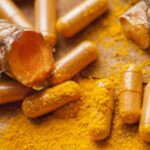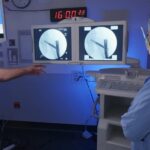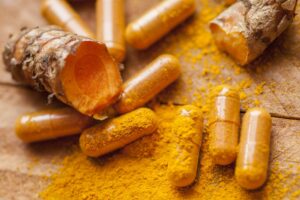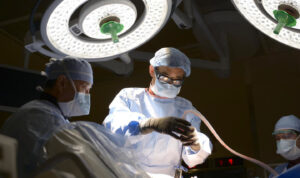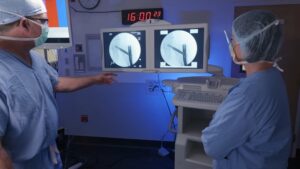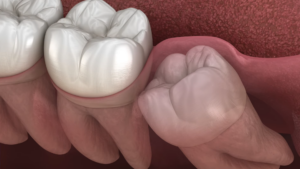Gallbladder sludge, also known as biliary sludge, is a mixture of microscopic particles that accumulate in the gallbladder.
The condition can be an early sign of more significant gallbladder problems, such as gallstones or inflammation.
The sludge forms when bile, a digestive fluid produced by the liver, thickens and fails to drain properly.
While it may not always cause symptoms, understanding what gallbladder sludge is and how it forms is essential for early detection and treatment of potential gallbladder issues.
What is Gallbladder Sludge?
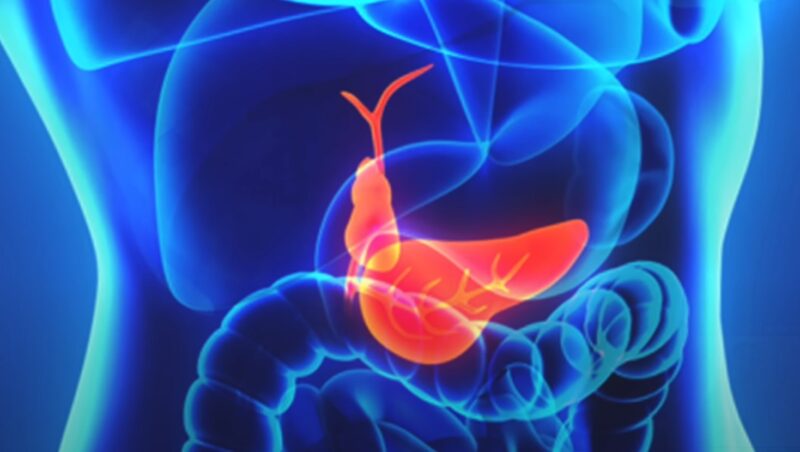
Gallbladder sludge, also known as biliary sludge, consists of a mixture of tiny particles suspended in bile.
- Calcium salts
- Cholesterol crystals
- Bilirubin
- Mucus
- Bile salts
The sludge forms when bile, a digestive fluid produced by the liver and stored in the gallbladder, becomes thickened and sluggish.
Normally, the gallbladder contracts to release bile into the small intestine to aid in digestion, particularly in breaking down fats.
If the gallbladder does not empty completely or regularly, the bile can become concentrated, leading to the formation of sludge.
Common misconceptions about gallbladder sludge include the belief that it is always a precursor to gallstones or that it always necessitates surgical intervention.
While sludge can increase the risk of developing gallstones and other complications, many cases are managed through lifestyle changes and medication.
Common Causes
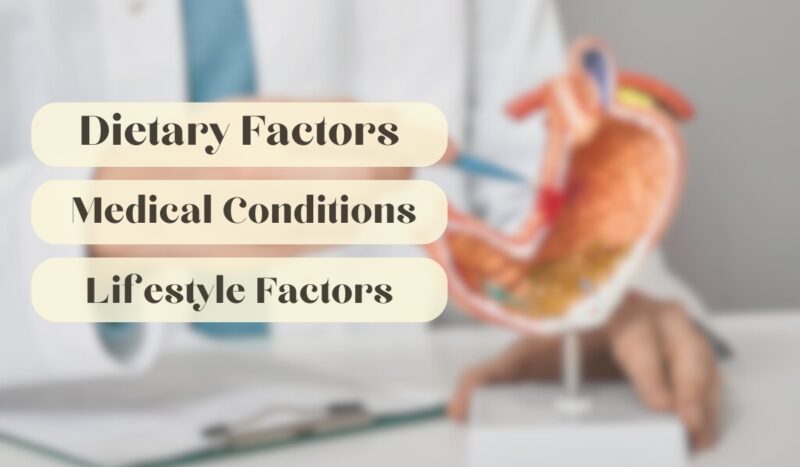
Several factors contribute to the development of gallbladder sludge.
Dietary Factors
Dietary habits play a significant role in the development of gallbladder sludge.
Consuming a high-cholesterol, low-fiber diet can increase the likelihood of sludge formation.
Additionally, rapid weight loss, often achieved through restrictive diets or bariatric surgery, can cause bile to become supersaturated with cholesterol, leading to sludge formation.
Medical Conditions
Certain medical conditions are also common culprits in the development of gallbladder sludge.
Diabetes can alter bile composition and slow gallbladder motility, while pregnancy involves hormonal changes, particularly increased levels of progesterone, which can slow the gallbladder’s ability to contract, causing bile to accumulate and form it.
Liver conditions can disrupt the production and flow of bile, further contributing to sludge formation.
Lifestyle Factors
Lifestyle factors such as excessive alcohol consumption, prolonged fasting, and the use of certain medications also play a significant role.
Alcohol can affect liver function and bile production, while prolonged fasting or crash diets can lead to bile stasis.
Medications like ceftriaxone, used to treat bacterial infections, can precipitate calcium salts in the bile, increasing the risk of sludge formation.
What are the Symptoms?

Gallbladder sludge can present a range of symptoms, though some individuals may remain asymptomatic.
Abdominal Pain
Commonly reported symptoms include abdominal pain, particularly after meals.
This pain is typically felt in the upper right quadrant of the abdomen and may radiate to the upper right shoulder or chest.
The discomfort arises because the thickened bile irritates the gallbladder lining, especially after consuming fatty foods that trigger the gallbladder to contract.
Digestive Issues
Digestive issues such as nausea, vomiting, bloating, and indigestion are also prevalent.
These symptoms occur because the impaired flow of bile affects the digestion and absorption of fats, leading to gastrointestinal discomfort.
Additionally, the presence of sludge can cause intermittent blockages in the bile ducts, contributing to these digestive problems.
Uncommon Symptoms
Uncommon symptoms include fatigue, jaundice, and pale-colored stools. Fatigue can result from the body’s efforts to manage the chronic irritation and inflammation associated with gallbladder sludge.
Jaundice, characterized by a yellowing of the skin and eyes, occurs when bilirubin levels rise due to bile duct obstruction.
Pale-colored stools indicate a lack of bile in the digestive tract, further suggesting a blockage or impaired bile flow.
Other Possible Symptoms

- Back Pain: Pain that radiates to the back, particularly the right side, can be a symptom.
- Fever and Chills: Indicative of an infection or inflammation within the gallbladder.
- Loss of Appetite: A decrease in appetite due to persistent nausea or discomfort.
- Heartburn and Acid Reflux: Caused by the disruption of normal digestive processes.
- Clay-colored Stools: Another indication of bile flow obstruction.
- Dark Urine: This may occur when bilirubin levels are elevated in the blood.
Recognizing these symptoms can prompt timely medical evaluation and intervention to prevent further complications.
Diagnosis of Gallbladder Sludge
Diagnosing gallbladder sludge involves a combination of medical history, physical examination, and diagnostic tests.
The process begins with a thorough review of the patient’s symptoms and medical history, including any underlying conditions or lifestyle factors that may contribute to sludge formation.
A physical examination often focuses on the abdomen, checking for tenderness, particularly in the upper right quadrant. Diagnostic imaging is a crucial tool in identifying gallbladder sludge.
Ultrasound is the most common and effective imaging technique, allowing doctors to visualize the gallbladder and detect its presence.
It is a non-invasive procedure that provides real-time images, making it an ideal first step in diagnosis.
In some cases, more advanced imaging techniques like magnetic resonance imaging (MRI) or hepatobiliary iminodiacetic acid (HIDA) scans may be used to obtain detailed views of the biliary system and assess gallbladder function.
Blood tests are also essential in diagnosing gallbladder sludge. These tests typically measure liver function and cholesterol levels, as abnormalities in these parameters can indicate problems with bile production or flow.
Potential Complications
Gallbladder sludge can lead to several serious complications if not addressed promptly. One of the most common issues is the formation of gallstones.
The particles in the sludge can coalesce to form larger stones, which can obstruct the bile ducts and cause severe pain.
It can lead to acute pancreatitis, a condition where the inflammation of the pancreas occurs due to bile duct obstruction, resulting in intense abdominal pain and digestive issues.
Another significant complication is cholecystitis, which is the inflammation of the gallbladder.
Obstruction of the bile ducts is another potential complication. It can cause jaundice, where the skin and eyes turn yellow due to the accumulation of bilirubin in the blood. Obstructions can also lead to bile stasis, increasing the risk of bacterial infections in the biliary system.
Finally, gallbladder sludge can impact liver function. The liver continuously produces bile, and any disruption in the flow due to sludge or resulting complications can cause liver function impairment.
Summary
Gallbladder sludge is a condition characterized by the buildup of microscopic particles in the bile, which can lead to further complications if left untreated.
It often forms due to an imbalance in bile composition, slow bile flow, or other underlying factors such as diet, medication use, or certain health conditions.
While gallbladder sludge may not always present symptoms, it can indicate the early stages of more serious gallbladder problems, including gallstones and cholecystitis.
Being aware of its causes, symptoms, and potential risks allows for timely diagnosis and management, reducing the likelihood of complications.
References
- Pennmedicine – Gallstones
- Mayoclinic – Nutrition and healthy eating
- pmc.ncbi.nlm.nih – Hormones in pregnancy
- Healthline – What Is Bile and How Does Your Body Use It?
- Mayoclinic – Ceftriaxone (injection route)
- HealthDirect – Abdominal pain
- WebMD – Understanding Jaundice: What You Need to Know
- MedlinePlus – Acid reflux, Heartburn, and GERD: What’s the difference?
- HopkinsMedicine – Magnetic Resonance Imaging (MRI)
- pubmed.ncbi.nlm.nih – Hepatobiliary Iminodiacetic Acid Scan
- niddk.nih – Symptoms & Causes of Pancreatitis
